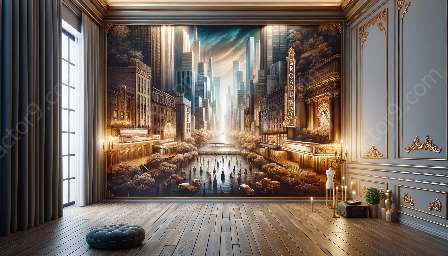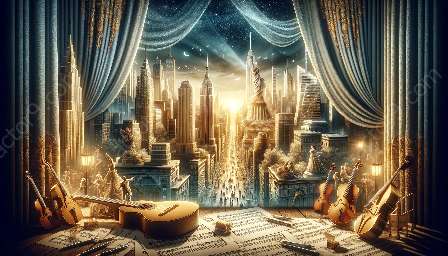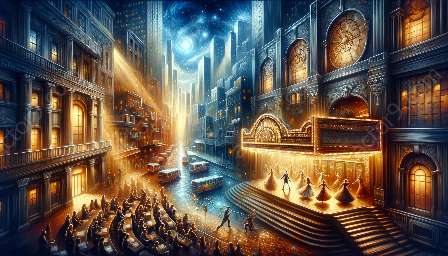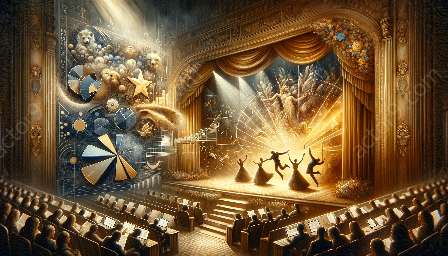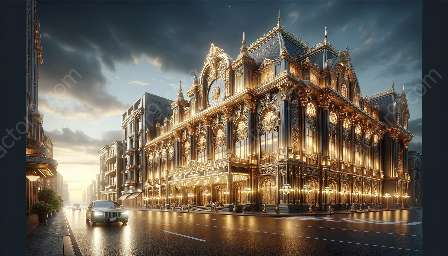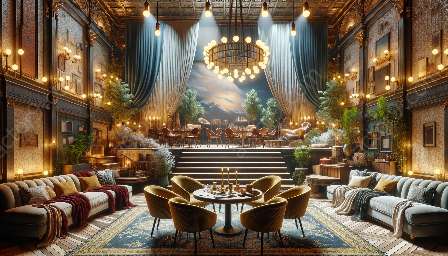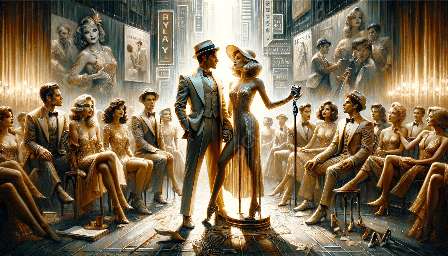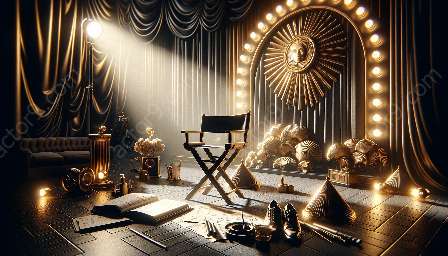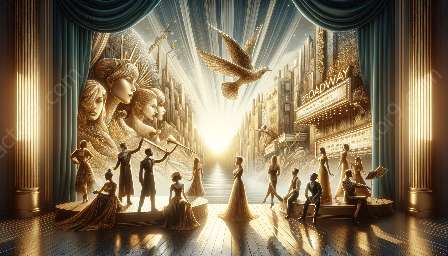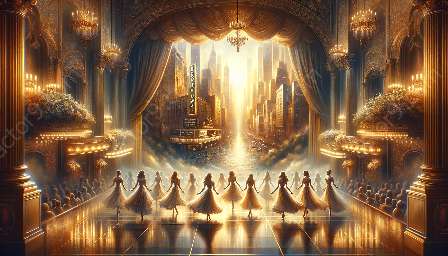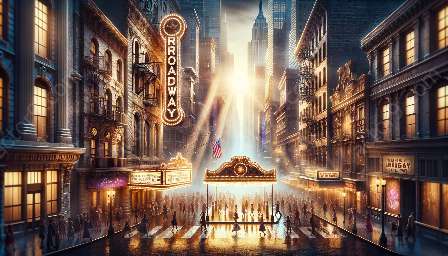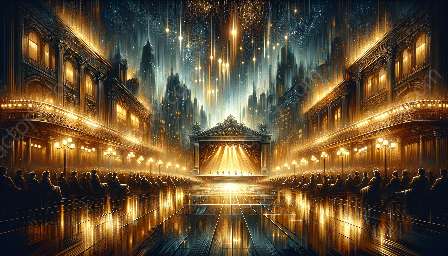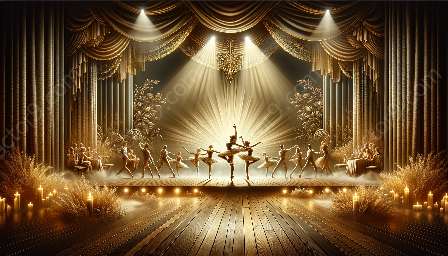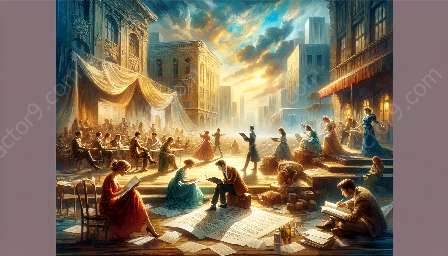When it comes to designing performance spaces, especially in the context of Broadway theaters and musical theater, the theatre architects face a significant challenge. They must balance aesthetics, which are crucial for creating a captivating and immersive experience for the audience, with functionality, which ensures that the space can accommodate the technical and logistical requirements of live performances. This process involves carefully considering the interplay between design, engineering, and artistic vision to create spaces that are both visually stunning and operationally effective.
The Aesthetic Element
The aesthetic aspect of theatre architecture plays a pivotal role in setting the stage for the theatrical experience. From the grandeur of the building's façade to the intricate details of the interior design, aesthetics are central to establishing the ambiance and creating a sense of anticipation and wonder for the audience. Theatre architects often draw inspiration from various architectural styles and historical periods to evoke specific moods and narratives within the performance spaces. For example, the opulent and ornate designs of Baroque or Rococo architecture might be utilized to convey a sense of grandeur, while sleek and modernist elements could be incorporated to reflect contemporary themes.
Harmonizing Aesthetics with Function
While aesthetics are essential for creating an emotionally charged environment, theatre architects must not compromise the functionality of the space. This involves addressing practical considerations such as sightlines, acoustics, accessibility, and spatial layout. For example, the seating arrangement and the placement of the stage must be carefully calibrated to ensure that all audience members have an unobstructed view of the performance. Acoustic design is also crucial, with architects and engineers working together to optimize sound quality and minimize distractions.
Broadway Theatres Architecture
When examining the balance between aesthetics and functionality in theatre architecture, Broadway theaters serve as an exemplar. The iconic venues of Broadway are renowned for their architectural prowess, seamlessly integrating opulence and technical practicality. The work of architects such as Henry Beaumont Herts, who designed the Lyceum Theatre, and Herbert J. Krapp, known for his contributions to theaters like the Ambassador and the Majestic, showcases the meticulous attention to detail required to create spaces that are as visually enchanting as they are technically proficient.
Theatrical Magic of Broadway and Musical Theater
At the heart of this discussion lies the enchanting world of musical theater. The design of performance spaces for musicals necessitates an even greater emphasis on aesthetics due to the immersive and emotionally resonant nature of these productions. The architecture of theatres hosting musicals must be able to transport audiences to diverse settings, from the bustling streets of New York City to the magical realms of fairy tales, all while ensuring that the technical demands of live performances are met without compromise.
The Union of Art and Architecture
Ultimately, the marriage of aesthetics and functionality in theatre architecture epitomizes the union of art and architecture. The iconic venues of Broadway symbolize the culmination of this harmonious balance, where the allure of ornate designs meets the demands of modern production technology. As theatre architects continue to push the boundaries of creativity and innovation, they will undoubtedly grapple with the perennial challenge of harmonizing the captivating allure of aesthetics with the pragmatic imperative of functionality.

